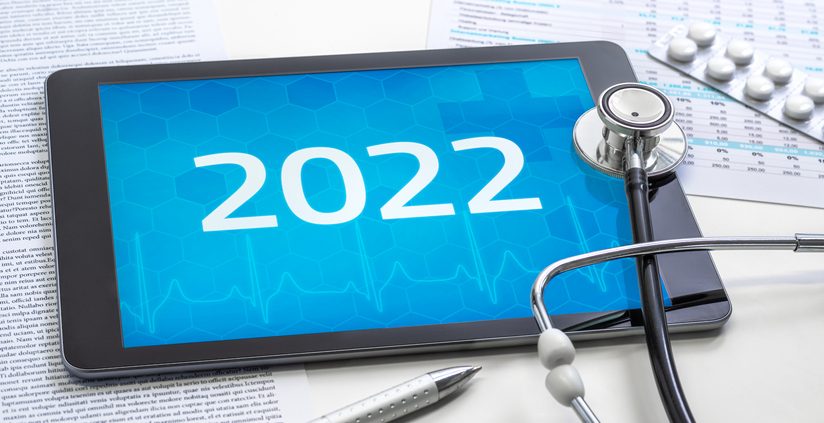Healthcare systems are increasingly relying on technology and Artificial Intelligence to improve patient care and workplace efficiency. According to the 2021 Future of Healthcare Report, almost 80% of Healthcare systems are planning to increase their investment in digital healthcare trends over the next five years.
Some of the top emerging health care trends for 2022 are:
Artificial Intelligence (AI)
The term AI In Healthcare is described as “when computers and other machines mimic human cognition, and are capable of learning, thinking, and making decisions or taking actions. AI in healthcare, then, is the use of machines to analyze and act on medical data, usually with the goal of predicting a particular outcome.”
A Market Analysis Report shows, the global artificial intelligence in healthcare market size was valued at USD 6.7 billion in 2020 and is expected to expand at a compound annual growth rate (CAGR) of 41.8% from 2021 to 2028.
Big Data
According to SAS, “Big data is a term that describes large, hard-to-manage volumes of data – both structured and unstructured – that inundate businesses on a day-to-day basis. But it’s not just the type or amount of data that’s important, it’s what organizations do with the data that matters. Big data can be analyzed for insights that improve decisions and give confidence for making strategic business moves.”
Big Data in healthcare is always evolving to keep up with the industry. The COVID-19 pandemic has demonstrated how healthcare can utilize big data. Researchers were able to share data and quickly develop the COVID-19 vaccine. Big data also helped predict the spread of the virus by allowing healthcare information to be processed and shared more efficiently.
McKinsey & Company research estimates big data could create $300 billion to $450 billion in reduced healthcare spending.
The pandemic has spotlighted the benefits of RPM. Recently the Centers for Medicare and Medicaid Services (CMS) released the final rule on its new Remote Therapeutic Monitoring (RTM) codes.
According to Foley.com, the new RTM codes broaden the use cases for Medicare reimbursement of remote monitoring beyond the existing RPM codes.
The five new RTM codes go live starting January 1, 2022. This is the latest advancements to modernize reimbursement for digital health.
Virtual Reality (VR)
VR is making big waves in the healthcare industry not only for patients but also for healthcare professionals.
Medical schools are utilizing VR headsets as a useful training tool. Rebecca Inzana, an Assistant Professor in the Center for Interprofessional Studies and Innovation at MGH said, “VR technology has opened the door to substantial innovations in clinical learning environments, offering simulated experiences that can be custom built to achieve an array of learning objectives. I’m curious to know if and how our faculty across the IHP might consider using VR, with a particular emphasis on justice, equity, diversity, and inclusion.”
According to Daxx.com, VR significantly decreases the probability of medical errors and improves value-based care because Doctors now can continuously train and improve their skills by using virtual environments.
Worldwide spending on augmented reality and virtual reality (AR/VR) is forecast to accelerate out of the pandemic, growing from just over $12.0 billion this year to $72.8 billion in 2024, according to the International Data Corporation (IDC).


